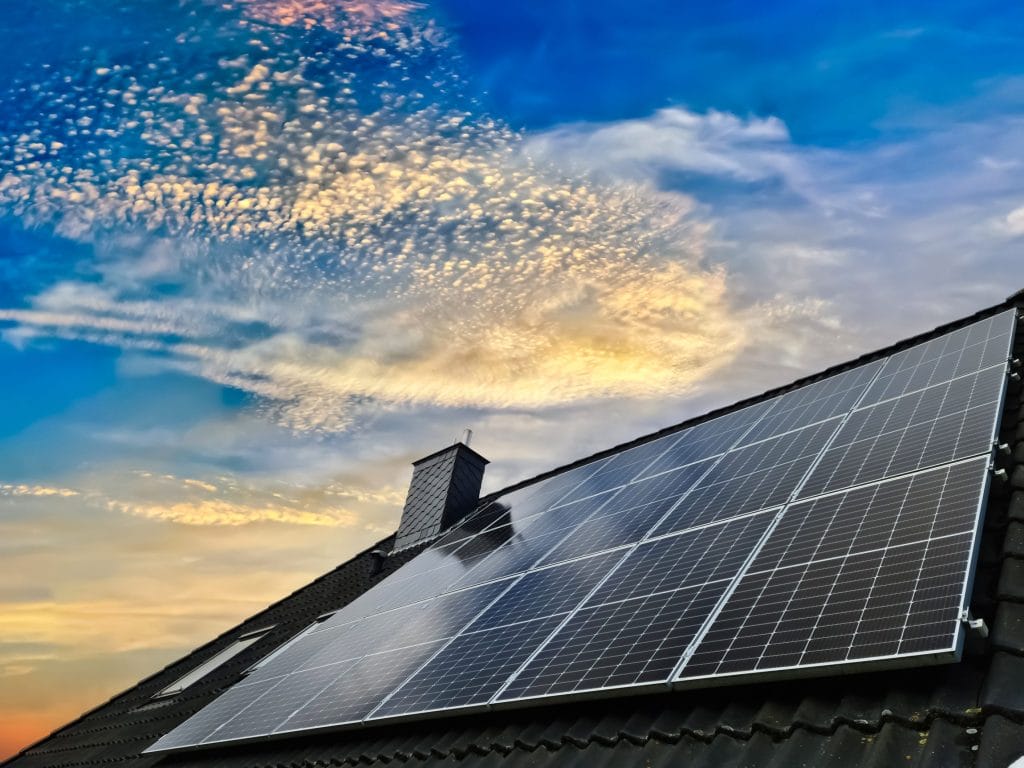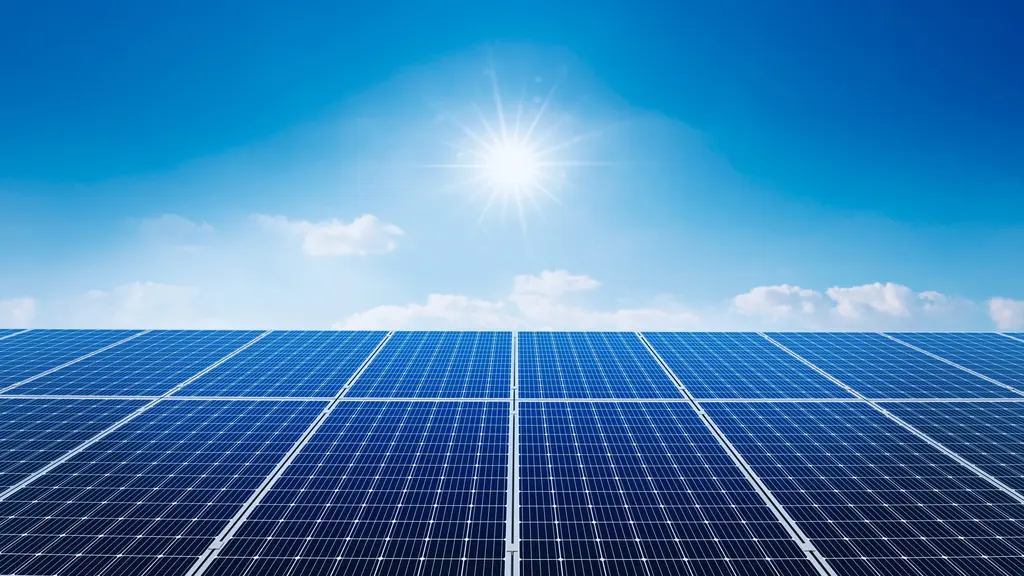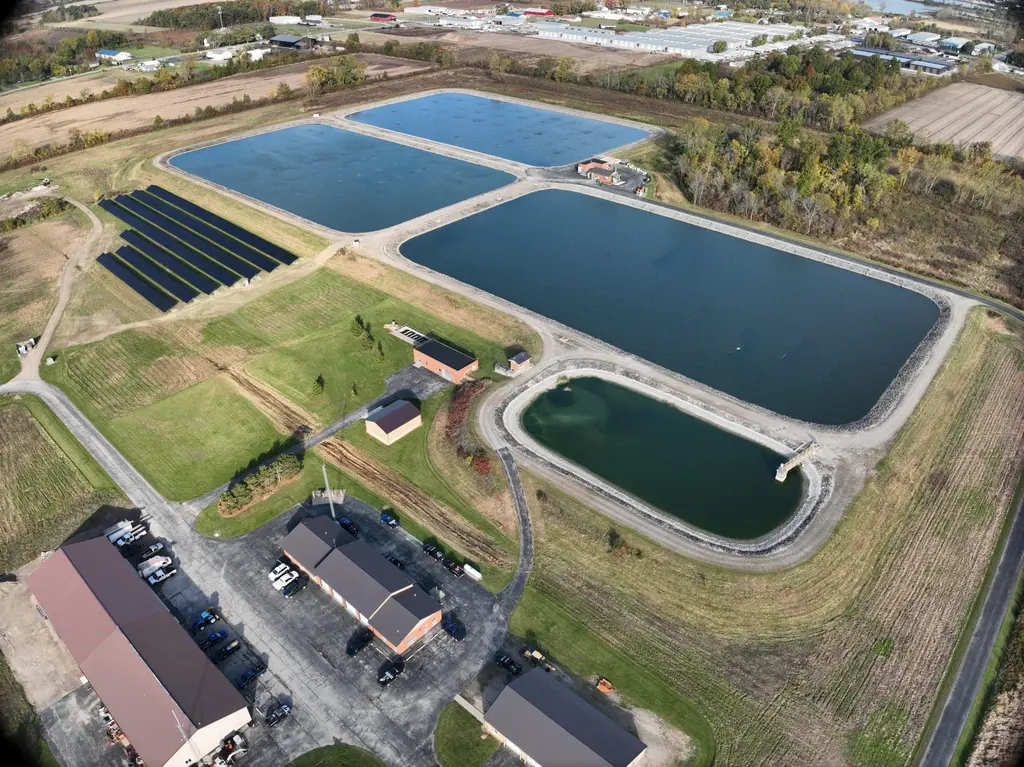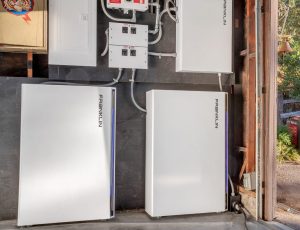Sue Righi is a Solar Customer from back in 2014. She started her solar journey with a tour of the Greenfield’s home in 2013, an annual event put on by Green Energy Ohio. She was impressed by their commitment to make the changes they did and be willing to share that in such an open way with the public. “I was paying attention for years to ways of minimizing one’s carbon footprint years before I got serious enough to get my array.” Sue says
In late 2013, Sue got the ball rolling on a solar installation of her own. She made the move to get a solar array installed on the roof of her home in rural Vinton County.
Her motivation for going solar?
It was her concern for the planet, all the species on earth, especially her son and his friends.
What specific feature did she like most about her solar purchase?
Sue says: “It works! I’m really not a techie so the finer points were immaterial to me.”
What has been the best part of having a solar powered home so far?
“Not using coal-based electricity. Also, people who come here – workers and friends – ask about them. People who have grown up here and probably do not consider themselves tree-huggers are interested in going solar.”
We notice the demographics of solar shoppers changing, too. Like Sue says, it’s not just the tree-huggers who are solar customers anymore. Due to the drop in pricing over the years, the economics and payback on residential solar energy systems have improved. This change makes solar appealing to individuals interested in a good financial investment.
What Obstacles Did Sue Face Installing solar?
Sue’s array was built with string inverters, which means that her production is only as good as the lowest producing panel in the series. So, if one panel is shaded, it brings down the performance of the system. When Third Sun installed Sue’s array, string inverters were the best the market offered.
Now, solar systems are installed with one power optimizer for each panel, which means that panels are optimized individually. When installed today with power optimizers, the production of one panel does not affect the others in the string.
While module level optimizers prevent the old problem of losing the output of an entire string when a module gets shaded, shade is still an important factor in good solar design. While the array should be in full sun during the most powerful 10-4 window, shade after that point by trees or other roof obstructions are not detrimental to the systems performance.










